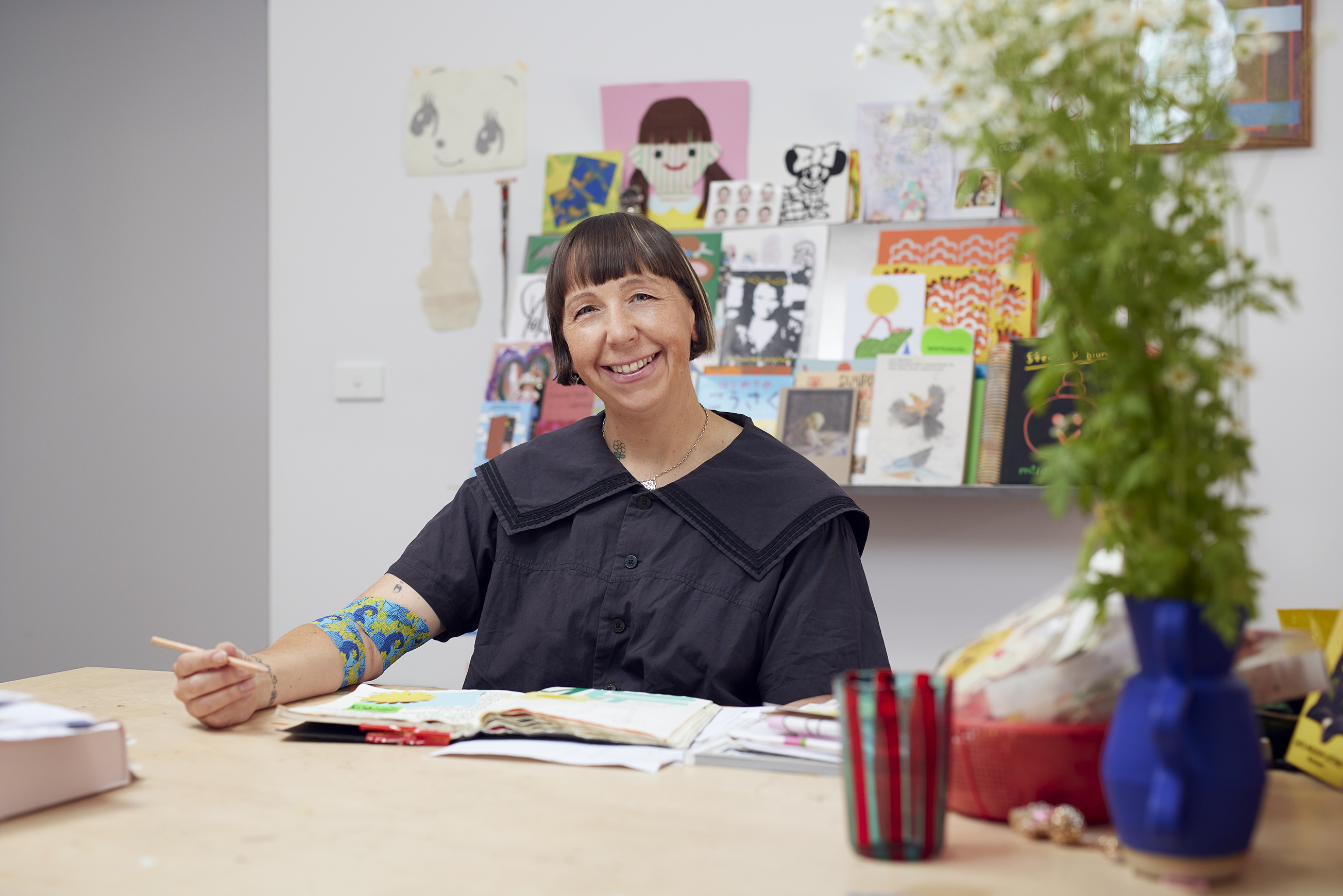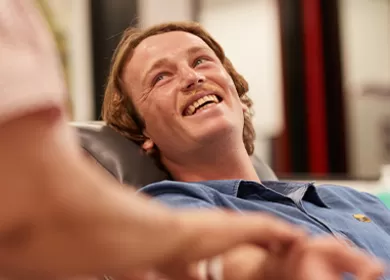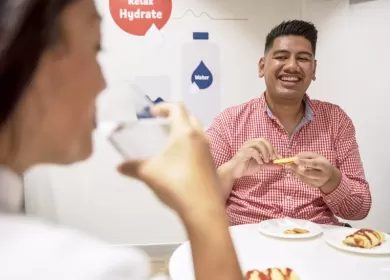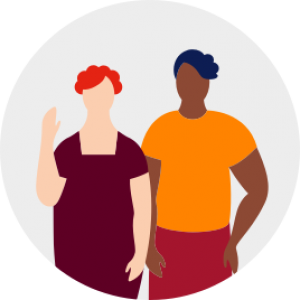Call for blood donors to support people living with cancer as demand rises
Australian Red Cross Lifeblood and the Cancer Council have joined forces to call on Australians to support people living with cancer by donating blood and plasma, ahead of World Cancer Day on Sunday (February 4).
People living with cancer are the biggest users of donated blood in Australia, and more are reliant on blood than ever before.
Currently, more than 10,000 blood donations are needed every week to support people living with cancer and with diagnoses predicted to increase by 72% by 2040, cancer patients will need even more donors to support them over the next decade.
Cancer Council CEO Professor Tanya Buchanan said as cancer diagnosis increases dramatically over the coming years, so too will the need for life-saving blood products.
“Almost 1 in 2 Australians will be diagnosed with cancer by the age of 85 and the number of Australians living with, or beyond cancer in 2040 is expected to reach 1.9 million people, up from 1 million people in 2018,” Professor Buchanan said.
“An increase in cancer diagnoses means more blood and plasma will be needed to treat Australians currently living with cancer and diagnosed in the coming years. It takes many hands to tackle cancer and with this in mind, we have joined forces with Lifeblood to help raise awareness that donating blood is a great way to support someone living with cancer,” she said.
Lifeblood’s Executive Director of Donor Experience, Cath Stone, said 34% of blood products are used by cancer patients.
“There is a common misconception that most blood is used in trauma and emergency situations, but a third of blood and blood products are used by cancer patients, making them Australia’s largest users of donated blood.
“With the number of cancer diagnoses set to increase significantly, we need more donors. In fact, we need 100,000 new donors this year alone,” she said.
- 34% of all donated blood collected in Australia is used to treat cancer and blood diseases.
- Almost 1 in 2 Australians will be diagnosed with cancer by the age of 85.
- It is estimated that over 1 million Australians are currently living with, or beyond a cancer diagnosis.
- 76% of Australians know someone who has or has had cancer, but a majority does not know how blood and plasma helps cancer patients (54% percent say they do not know anyone who has received a blood product, while a further 13% are unsure).
- People living with cancer often need many transfusions of blood, plasma, or plasma medicines during their treatment.
- On average, one acute leukaemia patient in treatment needs nine units of red cells every month, or 36 units of platelets each month, with four donors needed to make up each bag of platelets. They could need one or both products for the duration of their diagnosis, which can last anywhere from eight months to years.
To help raise awareness of how donated blood and plasma can help people living with cancer, Melbourne-based designer and blood donor Beci Orpin has created a limited-edition bandage, featuring a sunny daffodil print, which will be rolled onto the arms of donors at Lifeblood donor centres throughout February.
Orpin said she first started donating blood after she turned 18 on the encouragement of her parents who were both donors. But she said it was a friends’ cancer diagnosis that motivated her to become a regular donor.
“I donated for a while and then dropped off but started again when a friend had cancer. I wanted to help him but felt useless. I think I was researching the best was to help someone with cancer, and giving blood was one of the things listed. It felt like a practical way to help lots of people in his situation. That was almost 10 years ago now, and I’ve continued to donate.”
To book a donation, call 13 14 95 or book online at lifeblood.com.au or on the DonateBlood app.
If you need to talk about cancer, call Cancer Council on 13 11 20.

Bandage designer Beci Orpin




